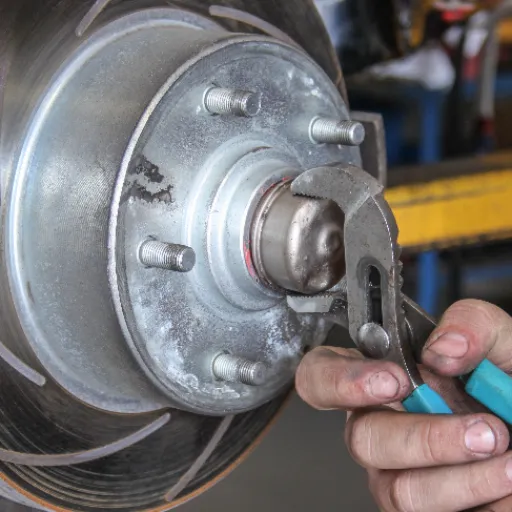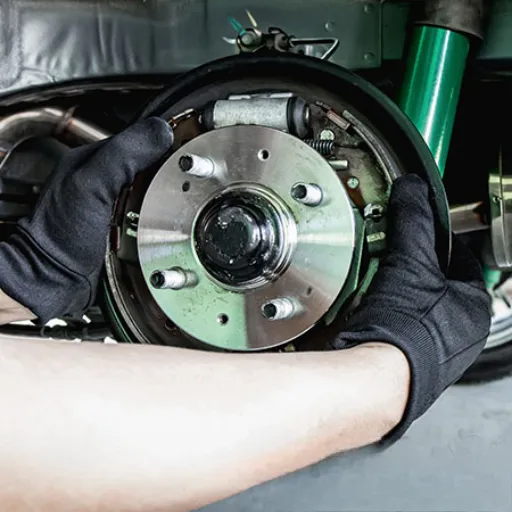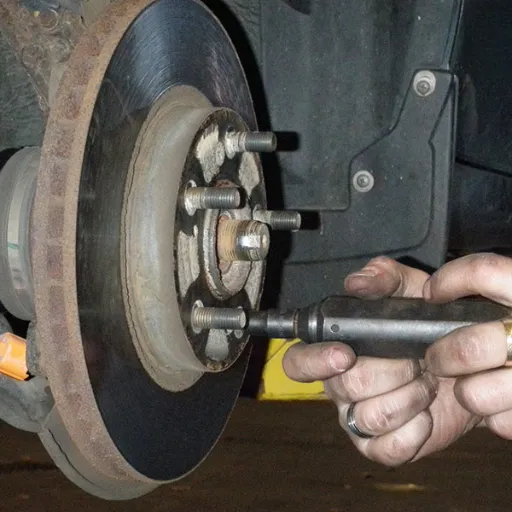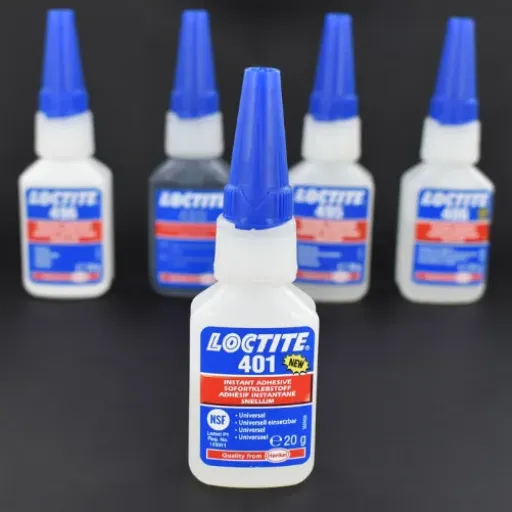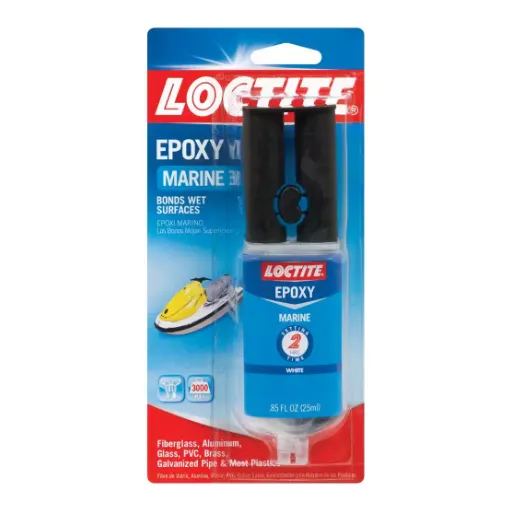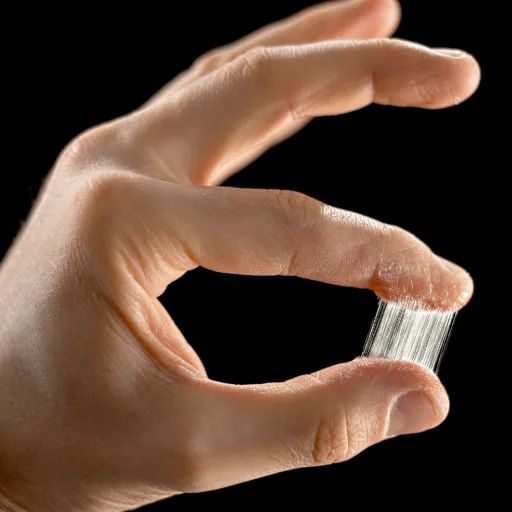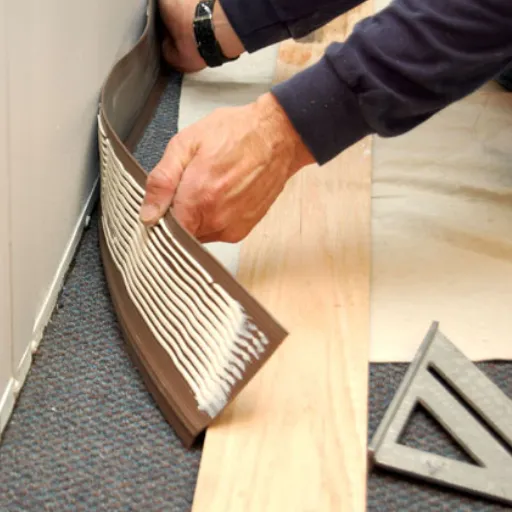Choosing the right adhesive is crucial when it comes to repairing or bonding metal surfaces. Whether you’re working on a DIY project, repairing broken items, or seeking professional repair, you need something that really works and provides a firm, permanent bond. This is the time Loctite Superglue comes in. But does it really work on metal? And if so, how does it compare in performance to some other options? In this article, we will test the capabilities of Loctite Super Glue and provide you with some critical insights and tips for achieving optimal results. Stay tuned for all you need to know about this widely used stuff for bonding metal surfaces.
Introduction to Loctite Super Glue
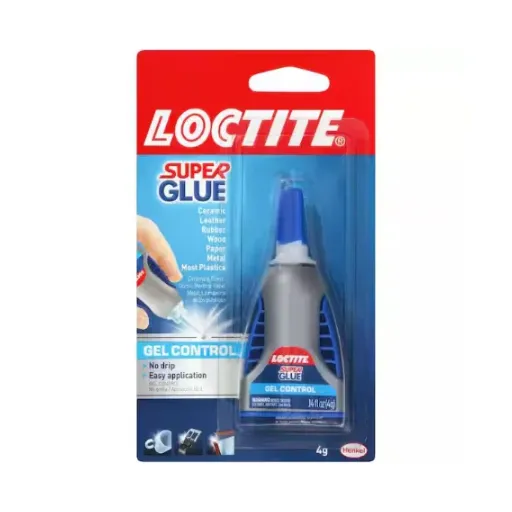
Loctite Super Glue is a well-known adhesive known for its ability to form a reliable bond with various materials, including metal, quickly. It is primarily developed to provide adhesion using cyanoacrylate, a fast-bonding agent that works well on non-porous surfaces. Washing and drying the metal surface before applying Loctite Super Glue will enable it to form a relatively permanent bond in minor repairs or projects that require utmost precision. On the other hand, heavy-duty or high-stress jobs should probably require additional glues intended for metal.
Key Features of Loctite Super Glue
- Fast Bonding: Loctite Super Glue provides almost instant bonding in just seconds, making it ideal for time-sensitive fixes.
- Versatile Application: It is effective with a wide range of materials, including metals, plastics, ceramics, and rubbers.
- Precision Tip: The applicator tip has been explicitly designed for precise placement, enabling mess-free application on small or detailed surfaces.
- Strong and Durable: Provides a firm hold and durability to maintain the bonding of any items across non-porous surfaces, making it suitable for small household functions and industrial applications.
- Resistant to Extreme Conditions: High temperatures and moisture transformations do not affect the bond’s strength, ensuring retention in harsher environments.
Primary Ingredient: Ethyl Cyanoacrylate
Ethyl Cyanoacrylate, the active ingredient in this glue, is a fast-bonding compound widely used in applications that require fast bonding and durability. The compound must be used with caution to prevent accidental skin contact, inhalation of its fumes, and other similar risks. Always ensure the working area is well-ventilated and wear the necessary protective equipment.
How Loctite Super Glue Works
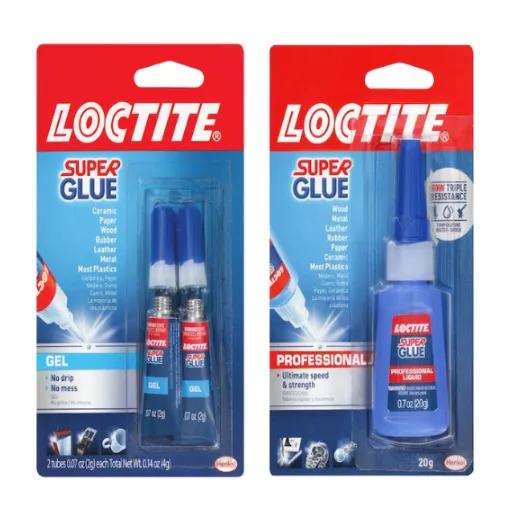
Loctite Super Glue has an instant, strong bonding power that activates upon exposure to moisture. Moisture can be present suspended in the atmosphere or on surfaces. When applied, the adhesive reacts with humidity, triggering a chemical reaction that hardens it and binds the materials. The peculiar thing is that it works on all sorts of surfaces, including metal, plastic, wood, and ceramic, offering a single solution for repairs and projects. Since contaminants can reduce effectiveness, it is recommended that bonded surfaces be clean and dry, properly aligned when applying the glue, and then held together for the recommended setting time.
The Science Behind Cyanoacrylate Adhesives
In simpler terms, cyanoacrylate glues, such as this one, superglue their surfaces together by anionic polymerization in a rapid fashion. Whenever the glue molecules are exposed to the moisture of the surface or sometimes just moisture in the air, they tend to bind almost instantaneously. Hydroxyl ions in water are catalysts for the initiation of polymerization. This conversion of the liquid glue into a strong solid happens within seconds.
However, modern adhesive technology has improved the means by which cyanoacrylates bind all types of material: from porous to inert surfaces. If modified with the proper additives, these glues can resist severe environmental conditions, including heat and humidity, thereby expanding their use domains. Their quick set and permanent bonding have made cyanoacrylate a more familiar household name in areas ranging from DIY home fixes to industrial assembly.
Curing Process and Moisture Activation
The moisture-curing process of cyanoacrylate adhesives heavily relies on the presence of moisture. Upon application, the adhesive remains in its liquid state until it interacts with traces of water molecules, which most likely exist either as humidity or on the surface of the materials to be glued. This moisture triggers a very rapid polymerization reaction, where cyanoacrylate glues harden and bond strongly. The reaction is instantaneous or nearly instantaneous, providing significant utility for applications that require rapid repair or high-speed manufacturing. Too much water actually interferes with the cyanoacrylate gluing reaction, weakening the bond, or it can cause the glue to cure prematurely. Great care should be taken when applying the glue and preparing the surfaces.
Effectiveness of Loctite Super Glue on Metal Surfaces
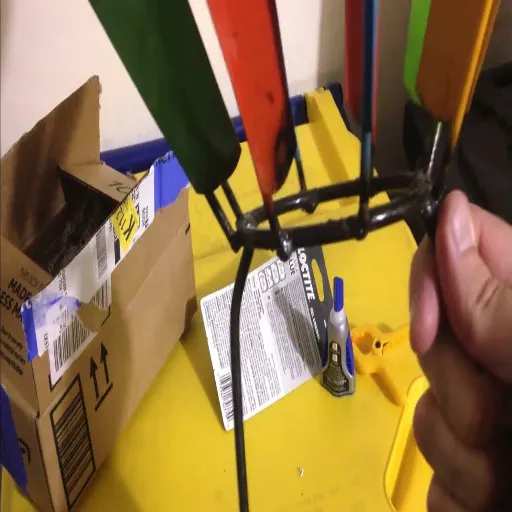
When appropriately utilized, the excellent adhesive properties of Loctite Super Glue enable it to bind firmly to metal surfaces. It adheres to dry and clean surfaces, offering a great hold. Loctite should never be applied if dirt, grease, or rust is present on the metal, as this can affect performance. The glue is excellent for most metal bonding applications. However, it has its strengths for minor repairs or jobs where the joint will not be subjected to excessive stress, heat, or vibration. Heavy-duty work may require the use of a suitable metal adhesive.
Scenarios for Effective Metal Bonding
Household Applications
Repair of household items, including fixing broken metal handles, kitchenware, and small mechanical parts. For such jobs, Loctite Super Glue is a potent, easy-to-use, and fast-setting option.
DIY & Crafts
For everyday use in crafts and DIY projects that require the accurate and strong bonding of metal parts, such as assembling jewelry, decorative items, or custom tools.
Industrial Uses
Industrial applications are often used to repair automotive applications, such as bonding metal trims or sealing small cracks, and to assemble electronic devices while securing their delicate components.
They are instrumental in environments where conventional types of fastening, such as screws and/or welding, cannot be employed due to space or aesthetic concerns. Understanding these scenarios will highlight just how versatile and practical metal adhesives can be in both everyday and specialized tasks.
Limitations of Loctite Super Glue
Even with its recognized power of bonding, the Loctite Super Glue does have limitations. For instance, it does not bond well to non-porous, smooth surfaces, such as polyethylene or polypropylene, unless special primers are used. It is also an unpopular choice for creating flexible bonds, as they will soon become brittle due to continuous stress or movement. Extreme temperatures and prolonged exposure to water can also weaken the bonds over time, making it less suitable for outdoor or high-moisture applications. The faster-acting nature of Loctite Super Glue may sometimes pose a slight hindrance when there is little margin for error, and careful application is necessary with no room for missteps. It is this that one must keep in mind when selecting it for any specific use.
Common Mistakes to Avoid
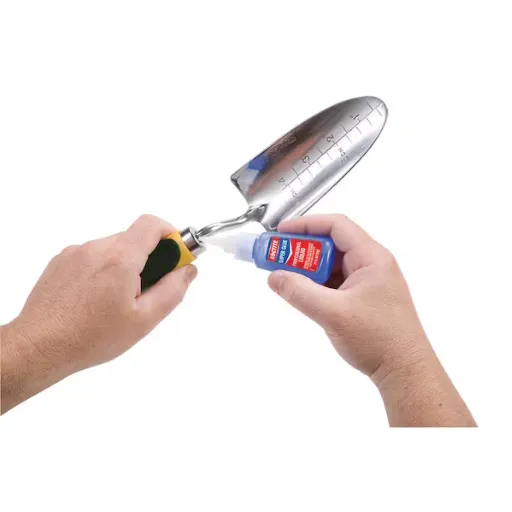
Critical Mistakes That Weaken Bonds
-
1
Using Too Much Glue
Excessive glue can result in a messy application and a longer setting time in most cases. For best results, apply less glue and be very precise about it.
-
2
Incorrect Surface Preparation
Ensure surfaces are clean, dry, and free from dust or grease before application. Improper preparation hampers the bond.
-
3
Not Allowing Enough Time to Cure
Although Loctite Super Glue dries very quickly, it is essential to allow enough time to build a strong bond. Do not handle the glued object right away.
-
4
Using Unsuitable Materials
Do not use it on surfaces for which the glue is not designed, such as certain plastics, rubber, or surfaces exposed to high moisture or extreme temperatures.
-
5
Touching the Nozzle
Any contact of the nozzle with fingers or other surfaces will clog the nozzle, making it hard to use in the future. Always place the cap on tightly after using.
Skipping Surface Preparation
One of the most common mistakes is skipping surface preparation when using adhesive products. Surface preparation ensures that the glue forms a strong adhesive bond. Failure to clean the surface allows dirt, oil, or other debris to impede adhesion, resulting in weak or failed bonds. For best results, always clean the surfaces with alcohol or an appropriate cleaning agent and ensure they are dry before applying the glue. Doing this will already save time and effort, as it eliminates the possibility of glue reapplication or repairs.
Applying Glue to Wet or Oily Surfaces
Glue should not be applied to wet or oily surfaces, as this can significantly weaken adhesion. Most glues are designed to bond properly with clean and dry surfaces. The presence of water or oil creates a barrier that prevents the glue from curing completely, resulting in imperfect bonding.
There are special adhesives designed for unpleasant conditions, providing an alternative when bonding such surfaces is not an option. For instance, polyurethane types of glue or fine epoxies will do the trick, together with cleaning the surface to some degree by wiping away the oil finger marks or by drying as much water as possible.
Expert Tips for Optimal Results
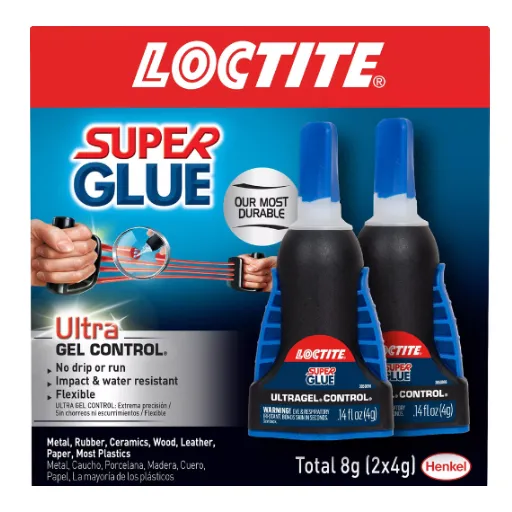
- Prepare Surfaces Thoroughly – Always make sure the surface is clean, dry, and free of debris before gluing. Even the slightest dust or grease can weaken the bonding.
- Use the Right Adhesive – Select an adhesive suitable for the materials being bonded. For instance, wood glue is best suited for use on wood, whereas epoxy is more ideal for metals and heavy-duty applications.
- Apply Adhesive Evenly – Apply an even coat of adhesive over the surface to prevent gaps or weaker points from forming in the bond.
- Secure the Bond – Using clamps, weights, or other holding devices, firmly hold the materials in position until the glue sets. If not, any movements will weaken the bonds.
- Follow Manufacturer Instructions – For all adhesives, follow the curing times and usage instructions provided by the adhesive manufacturer.
Using Specialized Metal Adhesives
Specialized metal adhesives are designed to join metal surfaces, with their compositions varying according to the specific application in which they are used. Such adhesives aim for maximum adhesion and durability under conditions that may compromise bonding, including high temperatures, vibrations, or chemical exposure. The most common metal adhesives belong to the families of epoxies, polyurethanes, and acrylics. These adhesives possess distinct properties, and thus, they find use in various applications, including industrial machinery, automotive repairs, and construction projects.
The selection of a metal adhesive should consider the types of metals being joined, their environmental conditions, and the strength requirements of the bond. Surface preparation is crucial to obtaining the best results. Surface preparation involves creating a surface that is basically free from oil, rust, or other contaminants. Follow the manufacturer’s instructions and technical data sheets for best practices specific to your project.
Proper Glue Storage for Effectiveness
To keep the glue effective, I always place it in a cool, dry place away from direct sunlight and extreme temperatures. I always keep the container tightly sealed after each use; otherwise, the glue may dry out or go bad. If the manufacturer has provided instructions for storing the glue, I will follow these instructions to maintain its quality and optimal performance in any future application.
Reference Sources
Here are five authoritative and professional reference sources that can be used to authenticate your article titled “Does Loctite super glue work on metal?” Either academic or research-based, these reference sources provide valuable insight regarding cyanoacrylate adhesives and their applications:
- Mechanical Analysis and Optimization of Adhesive Solutions in Automotive Manufacturing
This study analyzes Loctite adhesives, including their bonding strength on metal surfaces. - Summary of Glue Tests 1993
An in-depth report concerning adhesive performance in the context of Loctite products for use in bonding metals to other materials. - Thermal Treatment of a Commercial Polycyanoacrylate Adhesive
This paper treats the properties and aging tolerance of Loctite adhesives, including their application on various surfaces. - Cyanoacrylate Adhesives: A Critical Review
An in-depth review of cyanoacrylate adhesives, including bonding abilities on metals like steel. - Advances in Anaerobic and Cyanoacrylate Adhesives
This paper discusses the unique properties of cyanoacrylate adhesives and their use in bonding metal surfaces.
Frequently Asked Questions (FAQs)
Common Questions About Loctite Super Glue on Metal
❓ What types of metal can Loctite super glue bond?
Loctite super glue works on various types of metal, including aluminum, steel, and brass. It creates a strong and durable bond that can withstand different conditions, making it suitable for both indoor and outdoor use.
❓ What is the best glue for metal?
The best glue for metal applications often includes cyanoacrylate super glue, such as Loctite Super Glue Ultra Liquid. This type of adhesive is known for its quick setting time and ability to bond almost any surface, including metal to metal.
❓ Can you use super glue to fix car parts?
Yes, super glue can be used for fixing car parts, especially for minor repairs. Loctite super glue liquid provides a durable bond that can handle the vibrations and stresses found in automotive applications.
❓ How quickly does Loctite super glue set?
Loctite super glue sets quickly, often within seconds, allowing for fast repairs. It reaches full bond strength shortly after application, making it ideal for instant adhesive needs.
❓ Is Loctite super glue waterproof?
Loctite super glue is water-resistant and UV-resistant, making it suitable for outdoor use. However, it is essential to ensure that the surfaces are clean and adequately prepared for optimal bonding.
❓ Can Loctite super glue bond porous and non-porous surfaces?
Yes, Loctite super glue can effectively bond both porous and non-porous surfaces. When working with metal, it is recommended to roughen smooth surfaces to enhance adhesion.
❓ What should I do if I need to fill gaps in metal?
If you need to fill gaps in metal, consider using a two-part epoxy adhesive. While super glue is great for bonding, epoxy can provide a better solution for filling larger gaps and creating a lasting bond.
❓ Are there different types of metal glue available?
Yes, there are various types of metal glue available, including super glues, epoxy adhesives, and two-part adhesives. Each type offers distinct advantages tailored to specific application requirements.
❓ How do you apply Loctite super glue for the best results?
For optimal results when using Loctite Super Glue, ensure that the surfaces are clean and dry. Apply a small amount of glue to one surface, press the two surfaces together, and hold for a few seconds until the bond sets. Using nitrile gloves can help avoid skin contact with the adhesive.







